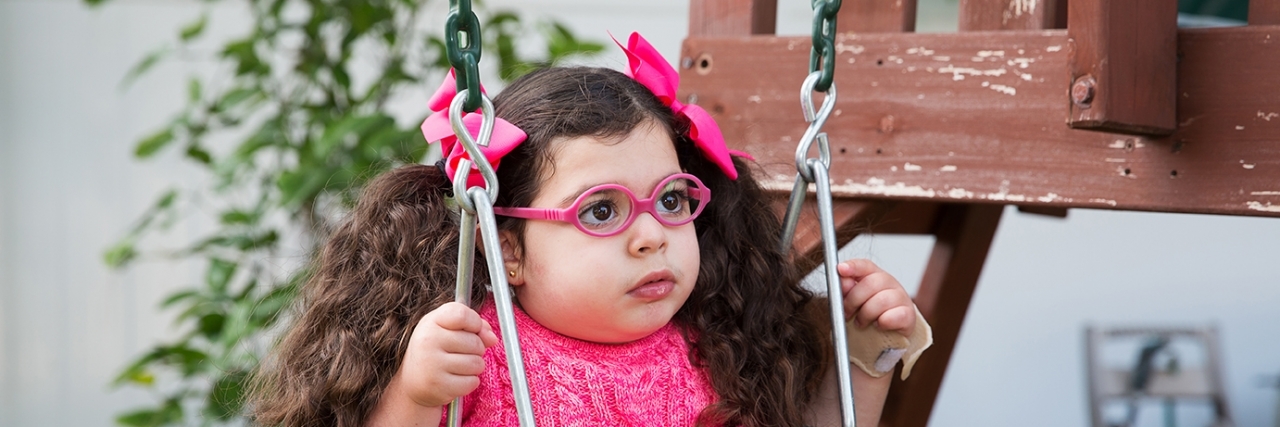When my mom was pregnant with me, she had the 300th amniocentesis performed in the United States. Amnio is used around the fourth month of pregnancy to detect genetic abnormalities in a developing fetus. My mom had reason to worry. Her first child, Rafi, died before I was born. He had Tay-Sachs disease. He was 3 years old.
Rare genetic diseases such as Tay-Sachs are not as rare as you might expect.
According to Global Genes:
30 million people in the United States are living with rare diseases, which equates to 1 in 10 Americans or 10 percent of the U.S. population.
In the US a condition is considered “rare” if it affects fewer than 200,000 persons.
Approximately 50 percent of the people affected by rare disease are children and 30 percent of them do not live to see their 5th birthday.
95 percent of rare diseases have not one single FDA approved drug.
Fortunately, my mom received good news following that 300th amnio more than forty years ago. I’m healthy. My kids are healthy. But I often think about what my parents’ lives must have been like while caring for my brother Rafi, and all those other families coping with similar diseases. A child with a rare disease requires commitment from the family every moment, of every day. It steals precious time as families battle insurance companies, search for solace and struggle to manage everyday tasks.
Coping with such illnesses can also provide moments of profound dignity, grace, transcendence and joy. As a professional photographer, I’m working on a book that will provide a record of such moments, illuminating what it means to be a family, as well as what it means to be human, no matter how compromised your existence or how brief your time on earth.
To support the project and see some of the work in progress, please visit my Kickstarter campaign. All proceeds from the book will be donated to research for rare genetic diseases affecting children. Thank you for your support.
The Mighty is asking its readers the following: What’s one secret about you or your loved one’s disability and/or disease that no one talks about? Check out our Submit a Story page for more about our submission guidelines.

